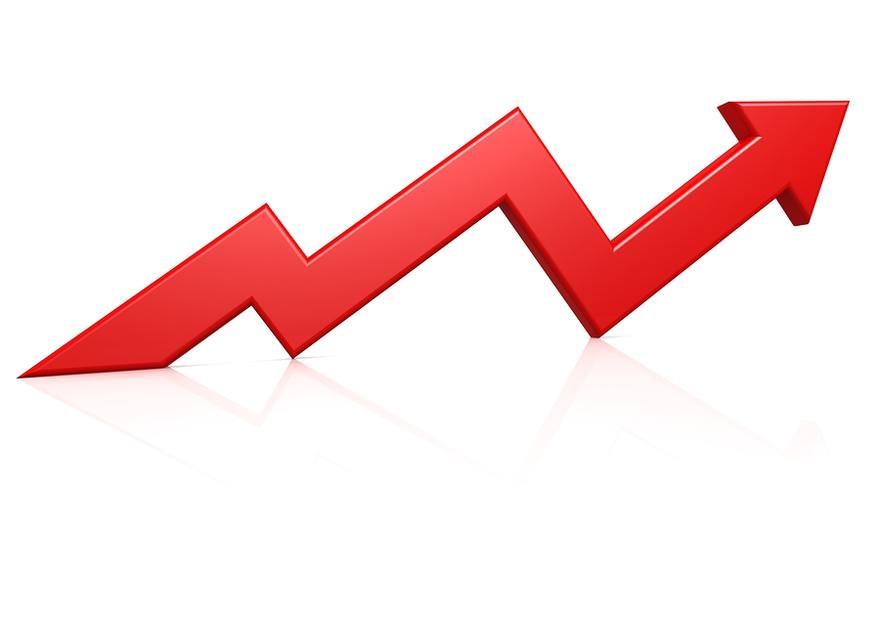Should You Buy Growth Stocks?

Should you buy growth stocks or avoid them? George Athanassakos (Professor of Finance at University of Western Ontario), discussed growth stocks recently in the Globe and Mail (August 26, 2014). Before I share with you the information from the article, it's important to understand the P/E Ratio.
I’m going to keep this simple, let’s begin with the only two definitions you will need for today:
Price: this is the stock price
Earnings: this is earnings per share; earnings are the amount of profit that company produces
Let’s take a look at a fictional company XYZ:
Company XYZ’s stock price is $50, therefore Price = $50
The company earned $5 per share, therefore Earnings = $5
Calculating the P/E ratio is easy, just divide the stock price by the earnings:
P/E = $50/$5 = 10
The P/E ratio for company XYZ is 10.
Basically this tells you that in order to buy one share of XYZ you are paying 10 times what the company earned:
10 x $5 = $50
Is it better to buy stocks with low P/E ratios or with high P/E ratios? Here is Mr. Athanassakos's answer, "My own published research has shown that, historically on average, low P/E stocks have beaten high P/E stocks by about 12% in Canada, and in the United States depending on the market, by between 7% and 11%. Research by Louis K.C. Chan and Josef Lakonishok, published in 2004 in the Financial Analysts Journal, shows that low P/E stocks beat high P/E stocks by about 13% in EAFE (Europe, Australasia and Far East) markets."
High growth stocks tends to have high P/E ratios, as we can see from the example below:
ViaSat Inc. (VSAT): 349
The Ultimate Software Group, Inc. (ULTI): 104
Glu Mobile, Inc. (GLUU): 115
Facebook (FB): 75
VMware, Inc. (VMW): 41
Mr. Athanassakos continues to discuss high growth stocks:
"U.S. research by Michael J. Cooper, Gulen Huseyin and Michael J. Shill, published by the Darden School of Business, looked at the stock performance of high growth firms and compared it with the performance of low growth growth firms over a period of 40 years. What they found was that low growth firms had an average return of 26%, while high growth firms returned a meager 4%. The low growth firms outperformed the high growth firms by a whopping 22% annually on average, over a 40 year period."
Conclusion:
Focus on quality stocks with low P/E ratios, and buy them when they are undervalued.
Did you enjoy reading this article? If so, I encourage you to sign up for my newsletter and have these articles delivered via e-mail once a month…and it’s free!

0 comments
Leave a comment